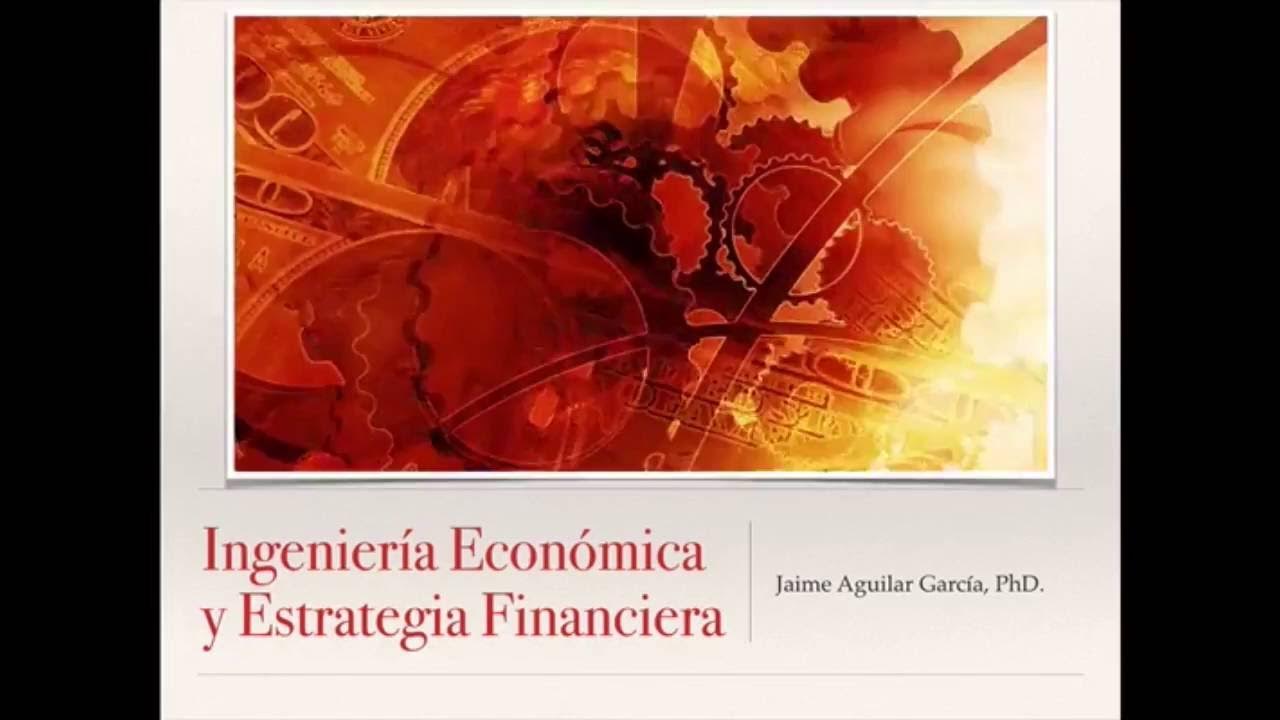7 Surprising SaaS Trends Every Founder Must Know in 2024
Summary
TLDREl video analiza el 'State of Independent SaaS Report', discutiendo métricas clave como la tasa de rechazo, tasa de crecimiento y valor de vida del cliente (LTV) en relación con diferentes modelos de prueba gratuita y planes premium. Se revela que los negocios con tres fundadores tienen un crecimiento mes a mes superior, y que el requerimiento de tarjeta de crédito en la prueba gratuita impacta en el crecimiento inicial pero no necesariamente en el LTV. Los canales de publicidad más efectivos para aumentar los ingresos son Google AdWords y los anuncios de Meta (Facebook), seguido por 'otros' y LinkedIn. El resumen destaca la importancia de entender el perfil del cliente ideal y las estrategias de monetización en el éxito de un SaaS independiente.
Takeaways
- 📊 La mayoría de las startups de SAS (Software como Servicio) son autofinanciadas, lo que indica una tendencia hacia el crecimiento sostenible sin depender de capital externo.
- 💡 El número de fundadores tiene un impacto significativo en el crecimiento de la empresa, con trios de fundadores mostrando un crecimiento 2 a 3 veces mayor que los fundadores solitarios o duos.
- 📈 Las empresas que ofrecen un plan gratuito sin necesidad de tarjeta de crédito tienen una tasa de churn (renuncia de clientes) similar a la de las que sí la solicitan, lo que sugiere que la estrategia de fremium puede ser efectiva.
- 🔒 Solicitar una tarjeta de crédito al inicio del periodo de prueba gratuita ha mostrado una disminución, lo que indica un cambio en las prácticas de marketing y en la percepción del valor propuesto por los clientes.
- 📈 El crecimiento mensual promedio de las empresas que no requieren tarjeta de crédito en la prueba gratuita es menor, pero su Valor de Vida del Cliente (LTV) es aproximadamente el doble en comparación con otras opciones de planes.
- 🎯 El mercado objetivo tiene un impacto significativo en las tasas de crecimiento, siendo el sector empresarial y el mercado no gubernamental (ONG) los que muestran tasas más altas.
- 🤔 La decisión de solicitar fondos externos disminuyó de un 30% en 2022 a un 23.5% en 2023, reflejando un mayor esfuerzo por parte de los emprendedores por crecer de manera autofinanciada.
- 📝 Las empresas que ofrecen un plan premium o fremium a menudo no entienden cómo hacer que funcione efectivamente, lo que puede llevar a problemas de monetización y estrategias de crecimiento poco eficientes.
- 📣 Los canales de publicidad más efectivos para el aumento de ingresos son Google AdWords y los anuncios de Meta (Facebook), seguidos por otros canales que podrían incluir publicidad en eventos o podcasts.
- 🔑 Los datos del informe muestran que no hay una fórmula única para el éxito en SAS; las decisiones sobre planes de precios, requerimientos de tarjeta de crédito y estrategias de marketing dependen de múltiples factores como el perfil del cliente y el mercado objetivo.
Q & A
¿Qué es el informe 'State of Independent SaaS' y qué revela sobre las empresas SaaS independientes?
-El informe 'State of Independent SaaS' es un estudio que recopila datos de casi 700 fundadores de SaaS, principalmente bootstrapeados. Revela información sobre el crecimiento, la tasa de rebote, la valorización de la vida del cliente y cómo se comparan las empresas en diferentes métricas clave.
¿Por qué podría ser interesante para una empresa compararse con otras empresas SaaS más avanzadas?
-Compararse con otras empresas SaaS más avanzadas puede brindar una perspectiva valiosa sobre el rendimiento de la propia empresa, permitiendo identificar áreas de mejora y estrategias efectivas que podrían aplicarse para incrementar el crecimiento y la rentabilidad.
¿Cuál fue el descubrimiento más sorprendente del informe sobre la relación entre el número de fundadores y el crecimiento de las empresas SaaS?
-El descubrimiento más sorprendente fue que las empresas con tres cofundadores experimentaron un crecimiento promedio del 2 a 3 veces mayor que las empresas con un solo fundador o dos, y que al aumentar a cuatro o más fundadores, se observa un descenso en el crecimiento mensual promedio.
¿Qué impacto tiene solicitar una tarjeta de crédito al inicio de una prueba gratuita en las tasas de crecimiento y retención de clientes?
-Solicitar una tarjeta de crédito al inicio de una prueba gratuita parece tener un impacto significativo en el crecimiento inicial, con una tasa de crecimiento mensual del 14% en promedio para las que lo requieren. Sin embargo, esto puede llevar a una tasa de rebote más alta en el tiempo, ya que los clientes pueden olvidar cancelar sus suscripciones.
¿Cómo afecta ofrecer un plan gratuito en la valorización de la vida del cliente (LTV) y en la tasa de rebote?
-Ofrecer un plan gratuito puede aumentar la LTV en promedio hasta el doble en comparación con otros planes, a pesar de tener una tasa de rebote ligeramente más alta. Esto sugiere que los negocios con planes gratuitos pueden estar cobrando más y retienen a los clientes por más tiempo.
¿Cuál es la relación entre el tipo de mercado objetivo y las tasas de crecimiento de las empresas SaaS?
-El tipo de mercado objetivo tiene un impacto significativo en las tasas de crecimiento. Por ejemplo, las empresas que se enfocan en empresas (B2B) de tamaño empresarial experimentan tasas de crecimiento mensuales promedio del 26%, mientras que las que se enfocan en consumidores o gobierno tienen tasas mucho más bajas.
¿Por qué podría haber una disminución en el número de fundadores de SaaS que buscan financiamiento externo en los últimos años?
-La disminución en el número de fundadores que buscan financiamiento externo puede ser atribuida al entorno de financiamiento más difícil y a los términos menos atractivos que se ofrecen actualmente, así como a una mayor resistencia mental y discernimiento sobre cuándo buscar financiamiento.
¿Cuáles son las tres principales fuentes de financiamiento que han aumentado significativamente los ingresos de las empresas SaaS según el informe?
-Las tres principales fuentes de financiamiento que han aumentado los ingresos son Google AdWords con aproximadamente el 65%, seguidos por los anuncios de Meta (Facebook) con alrededor del 30%, y otros canales que incluyen una variedad de opciones que pueden ser tan efectivas como LinkedIn.
¿Qué desafíos enfrentan las empresas SaaS que ofrecen un modelo de suscripción premium frente a otros modelos como las pruebas gratuitas?
-Las empresas que ofrecen un modelo de suscripción premium pueden enfrentar desafíos en términos de monetización y理解 del mercado, ya que a menudo no conocen cómo hacer funcionar el modelo de freemium y pueden tener planes de precios más bajos en comparación con otros modelos.
¿Por qué es importante para una empresa SaaS conocer su perfil de cliente ideal (ICP) y cómo afecta eso la estrategia de marketing y ventas?
-Conocer el perfil de cliente ideal es crucial para una empresa SaaS, ya que permite enfocar sus esfuerzos de marketing y ventas en los segmentos de mercado que más probablemente comprarán sus productos o servicios, lo que puede resultar en un mayor crecimiento y una tasa de rebote más baja.
Outlines

This section is available to paid users only. Please upgrade to access this part.
Upgrade NowMindmap

This section is available to paid users only. Please upgrade to access this part.
Upgrade NowKeywords

This section is available to paid users only. Please upgrade to access this part.
Upgrade NowHighlights

This section is available to paid users only. Please upgrade to access this part.
Upgrade NowTranscripts

This section is available to paid users only. Please upgrade to access this part.
Upgrade Now5.0 / 5 (0 votes)






